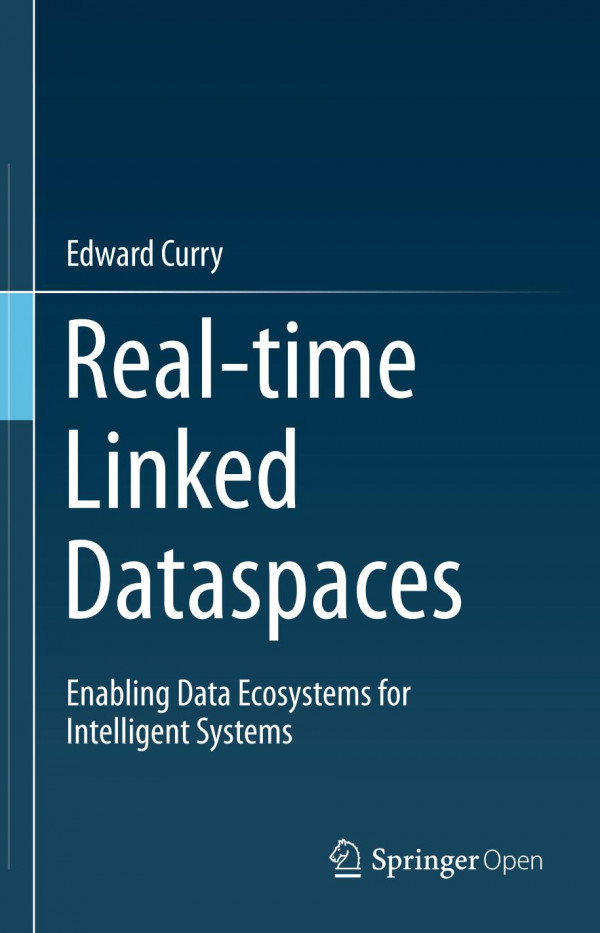

Most ebook files are in PDF format, so you can easily read them using various software such as Foxit Reader or directly on the Google Chrome browser.
Some ebook files are released by publishers in other formats such as .awz, .mobi, .epub, .fb2, etc. You may need to install specific software to read these formats on mobile/PC, such as Calibre.
Please read the tutorial at this link: https://ebookbell.com/faq
We offer FREE conversion to the popular formats you request; however, this may take some time. Therefore, right after payment, please email us, and we will try to provide the service as quickly as possible.
For some exceptional file formats or broken links (if any), please refrain from opening any disputes. Instead, email us first, and we will try to assist within a maximum of 6 hours.
EbookBell Team

5.0
18 reviewsThis open access book explores the dataspace paradigm as a best-effort approach to data management within data ecosystems. It establishes the theoretical foundations and principles of real-time linked dataspaces as a data platform for intelligent systems. The book introduces a set of specialized best-effort techniques and models to enable loose administrative proximity and semantic integration for managing and processing events and streams.
The book is divided into five major parts: Part I “Fundamentals and Concepts” details the motivation behind and core concepts of real-time linked dataspaces, and establishes the need to evolve data management techniques in order to meet the challenges of enabling data ecosystems for intelligent systems within smart environments. Further, it explains the fundamental concepts of dataspaces and the need for specialization in the processing of dynamic real-time data. Part II “Data Support Services” explores the design and evaluation of critical services, including catalog, entity management, query and search, data service discovery, and human-in-the-loop. In turn, Part III “Stream and Event Processing Services” addresses the design and evaluation of the specialized techniques created for real-time support services including complex event processing, event service composition, stream dissemination, stream matching, and approximate semantic matching. Part IV “Intelligent Systems and Applications” explores the use of real-time linked dataspaces within real-world smart environments. In closing, Part V “Future Directions” outlines future research challenges for dataspaces, data ecosystems, and intelligent systems.
Readers will gain a detailed understanding of how the dataspace paradigm is now being used to enable data ecosystems for intelligent systems within smart environments. The book covers the fundamental theory, the creation of new techniques needed for support services, and lessons learned from real-world intelligent systems and applications focused on sustainability. Accordingly, it will benefit not only researchers and graduate students in the fields of data management, big data, and IoT, but also professionals who need to create advanced data management platforms for intelligent systems, smart environments, and data ecosystems.